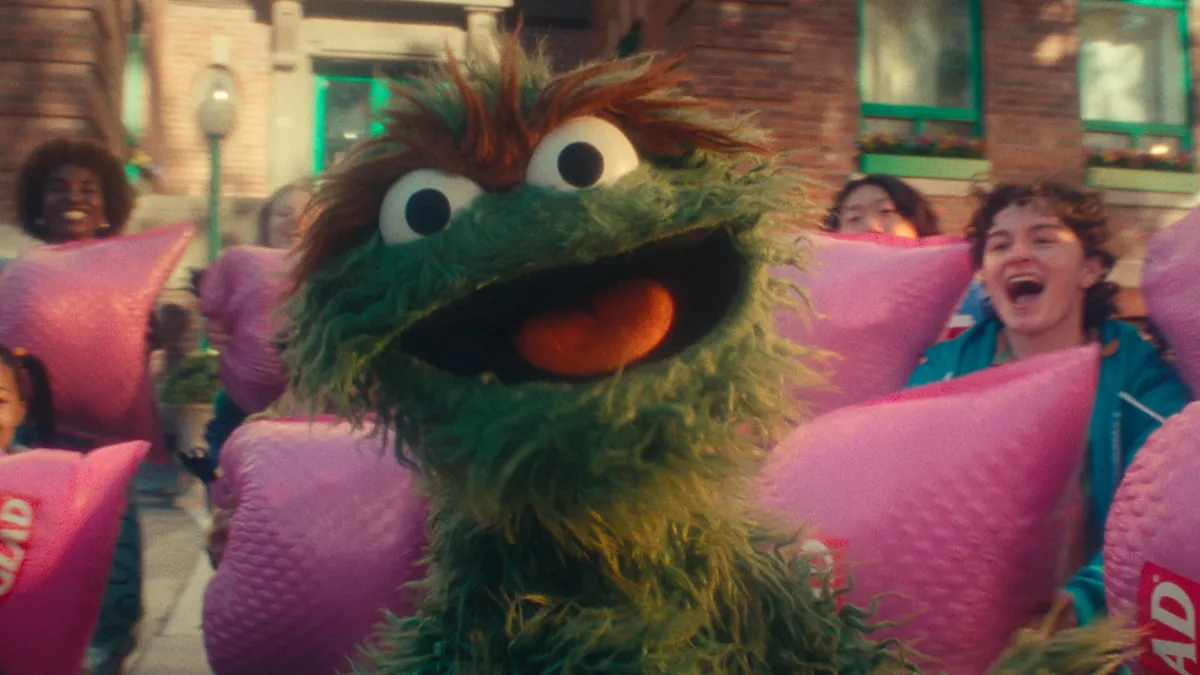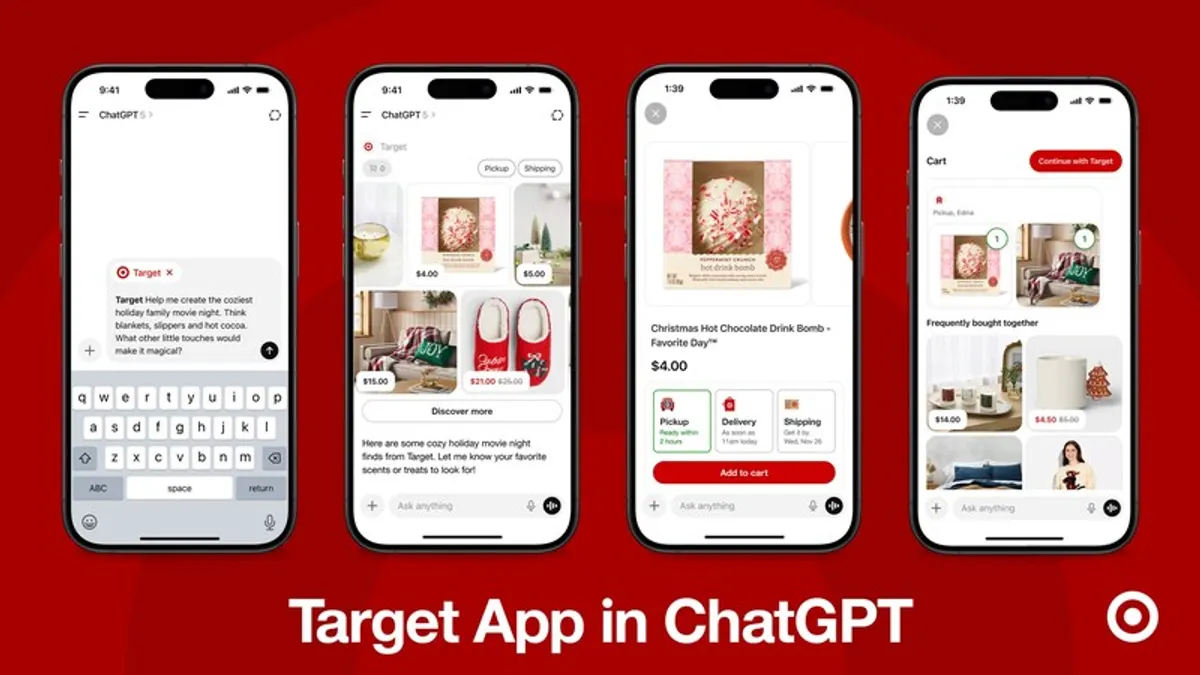Advertising – it’s not going away.
Sometimes it’s happily anticipated and celebrated like with U.S. Super Bowl commercials and UK Christmas campaigns. And sometimes it’s just frustrating such as when visiting a webpage with autoplay pop-up ads that can’t be turned off. At its best advertising can be informing as well as entertaining. At its worst it’s invasive and annoying, and in the case of malvertising it can even be destructive.
So, as we near the end of 2015, has advertising once again taken a turn toward the "bad" word end of the sentiment spectrum?
According to Nielsen's 2015 report on "Global Trust in Advertising," trust among global respondents on earned and owned ad media is almost flat compared to 2013. Among specific ad formats, trust remains over 50%. For earned media, a majority of respondents (83%), place higher trust in recommendations from people they know, while general consumer opinions posted online ranked at 66%, matching with editorial content. For owned media, branded websites were trusted at 70%, brand sponsorships at 61% and emails that were previously signed up for at 56%.
Looking at pure terminology, advertising is referred to in a wide variety of ways, all avoiding actually using the word “advertising,” such as storytelling, branded content, content marketing and more. Of course the end goal is the same for each activity, whatever it gets called – creating awareness about a brand or maybe even a specific product or service that eventually leads to a conversion to sale.
Saved by the new generation …
Additional research from Nielsen should serve as some consolation for marketers looking to target a new generation of spenders, as it shows millennials have the highest levels of trust in online and mobile ad formats. Millennials even have the highest levels of trust in more traditional advertising formats like TV, newspapers and magazines.
About this research, Nielsen Expanded Verticals President Randall Beard said, “Millennials consume media differently than their older counterparts, exercising greater control over when and where they watch, listen and read content – and on which device. But even if they rely less heavily on traditional channels, their trust and willingness to act on these formats remains high."
It is crucial, he explained, for brands to carry out integrated, multi-channel marketing campaigns to reach all generations, but it is most important for engaging millennials.
… but maybe not so fast
Even though there is some trust in digital media, marketers breathe easy just yet, not with the recent rise of ad blocking.
The problem has become widespread enough that the Interactive Advertising Bureau and the World Federation of Advertisers have both warned marketers that online advertising needs to become more about the user experience, rather than trying to grab the maximum revenue from every ad unit.
Interestingly, the more publicity ad-blocking software gets, the more people take the step to use it. According to research from PageFair and Adobe, ad-blocking software use grew globally 41% year-over-year, and a prime advertising channel, mobile, is now a hot space for ad blocking, as highlighted by Apple’s iOS 9 release with ad blocking capability built into the system.
Do people really trust advertising?
And are people who work in advertising proud to proclaim being part of the industry?
Bob Liodice, CEO of the Association of National Advertisers, told Madison Ave Insights that there are two separate and telling conversations surrounding trust in the industry currently taking place.
"First, trust in advertising from a business perspective has become an issue for those who make their living at it," he said. "In recent years, there has been rapid change in the way that publishers, marketers, agencies, and others interact. For participants in the market, it feels like the ground is shifting under their feet, leading to instability and uncertainty over which aspects of the business they can rely on for any amount of time."
He added, people might already view advertising with a degree of skepticism and highlighted digital platforms with targeted ads and data collection as reasons the public might be becoming more wary about advertising.
Sean Cummins, founder and global CEO of advertising agency cummins & partners, wrote something of a call-to-arms op-ed in Ad Age in defense of advertising.
Cummins asks, "Has the word 'advertising' become the advertising industry's 'Macbeth?'" He explains that in the theater world, "Macbeth" is surrounded by superstition, and wonders whether the advertising world has in a similar vein attempted to cleanse advertising of, well, advertising.
"In some sort of etymological cleansing, the A-word seems to have all but disappeared from our industry vocabulary," he writes, adding, "Advertising is a very powerful combination of communication, art, psychology and intuition. It is about selling. Not telling. And selling is a skill that requires a result – buying."
Finding a middle ground
Given the sheer volume of information available, the best way forward for the advertising industry is to become transparent about advertisements. Google is on board with transparency, at least with Google Play. It’s now requiring developer disclosures for apps that are supported by ads. With streaming services like YouTube, Hulu and Pandora offering ad-free options, the move shows an increasing awareness of consumers' unhappiness with low-quality or intrusive ads.
People don’t want to be tricked. But while consumers need to understand that advertising funds a lot of content, it is also up to brands and marketers to find ways to, simply put, make better ads. By putting the consumer first, marketers will increase their ability to produce relevant, appealing content.
Yes, advertising is a mixed bag of positive and negative sentiment, but transparency is a good place to start in paving the road to acceptance.



















